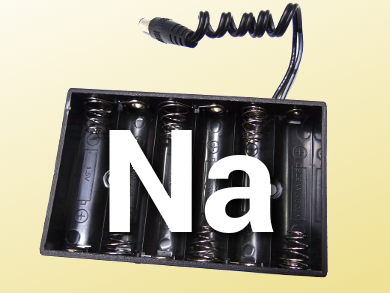Sodium-ion batteries could provide an economical alternative to the ubiquitous lithium-ion batteries that power our electronic devices. However, sodium ions are larger than lithium ions, which limits the number of sodium ions that can fit into a given volume. Anode materials for sodium-ion batteries can suffer from limited specific capacities, high voltage plateaus, and excessive expansion and contraction during ion transfer.
Jianchun Bao and colleagues, Nanjing Normal University, China, used confined vapor deposition to form a hybrid anode material made from multilayer graphene with antimony chemically bonded to the surfaces. This material is more stable than ball-milled antimony-carbon composites, as the bonded graphene substrate keeps the antimony layer from pulverizing and dispersing during the large volume changes it undergoes during battery cycling.
Batteries made using this anode material achieved an initial charge capacity of 452 mA•h/g at a current density of 100 mA/g and exhibited 90 % capacity retention after 200 cycles. Chemically bonding the antimony to the graphene layer increased the electrical conductivity of the anode, with the graphene acting as a conductive matrix.
- A Chemically Coupled Antimony/Multilayer Graphene Hybrid as a High-Performance Anode for Sodium-Ion Batteries,
Lingyun Hu, Xiaoshu Zhu, Yichen Du, Yafei Li, Xiaosi Zhou, Jianchun Bao,
Chem. Mater. 2015.
DOI: 10.1021/acs.chemmater.5b03920



